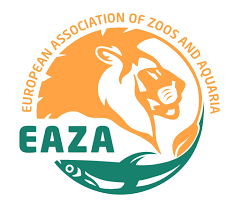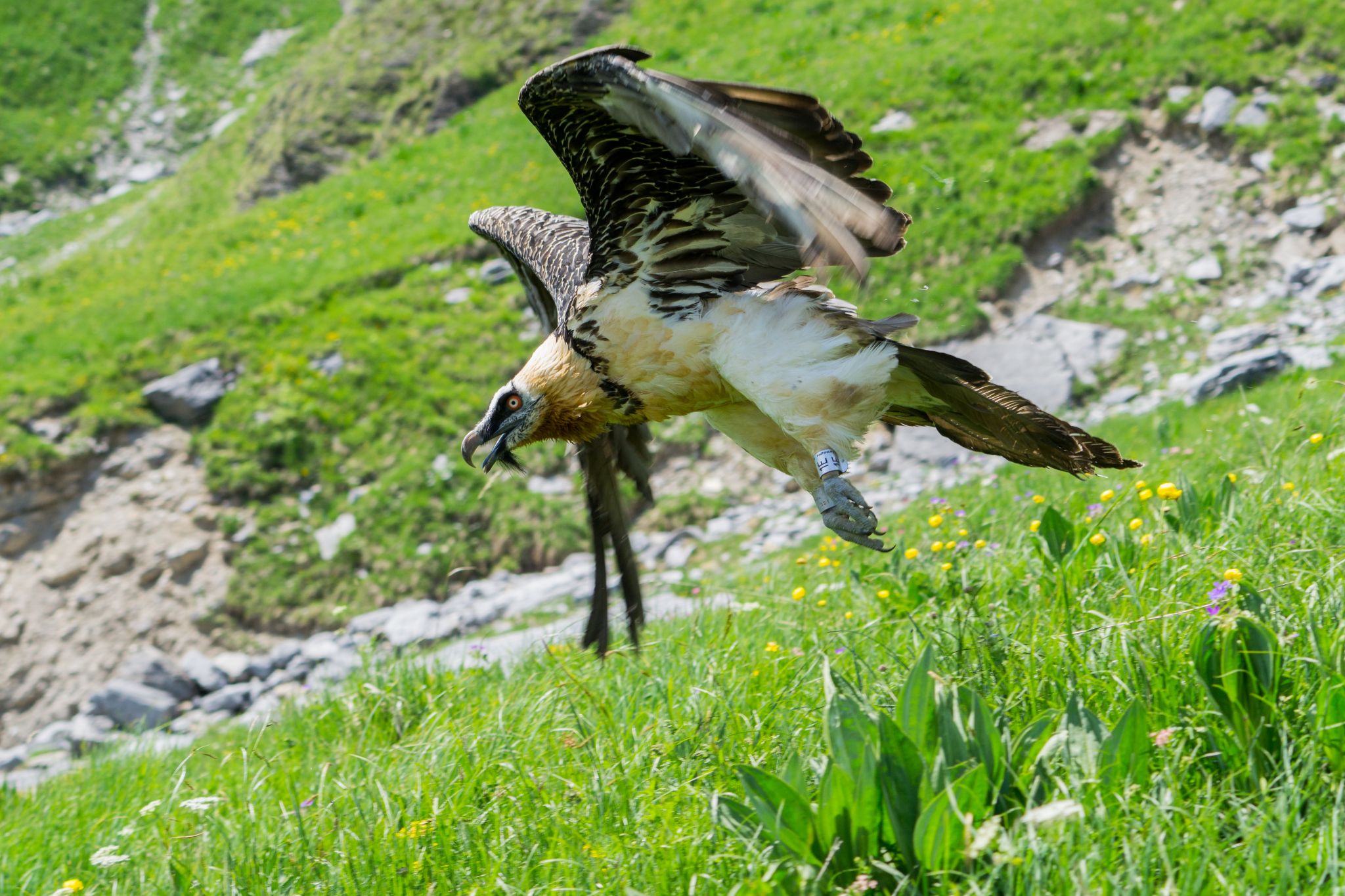Spring has arrived at the Vallcalent Specialised Breeding Centre in Spain, bringing with it the first fluffy chicks of the Europe’s rarest vulture. The 2024–2025 Bearded Vulture (Gypeatus barbatus) season is officially underway, and although it has been a challenging year across the Bearded Vulture EEP captive-breeding network, Vallcalent is full of fascinating stories—and this season, every chick that has hatched is genetically invaluable.
Let’s meet this year’s newest arrivals!
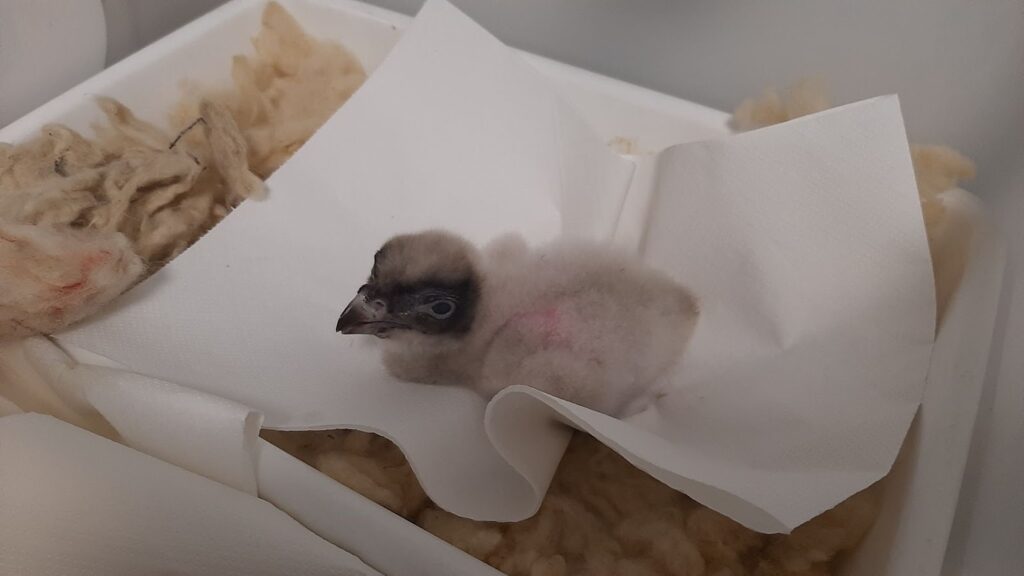
BG1260 – the genetic jackpot
On 20 February, BG1260 became the first Bearded Vulture to hatch this season in Vallcalent. It’s the first offspring of Urrobi (BG1091) and Greca (BG588)—a genetically valuable couple with a rather cinematic backstory. This is no ordinary vulture chick—BG1260 is a chirping genetic jackpot.
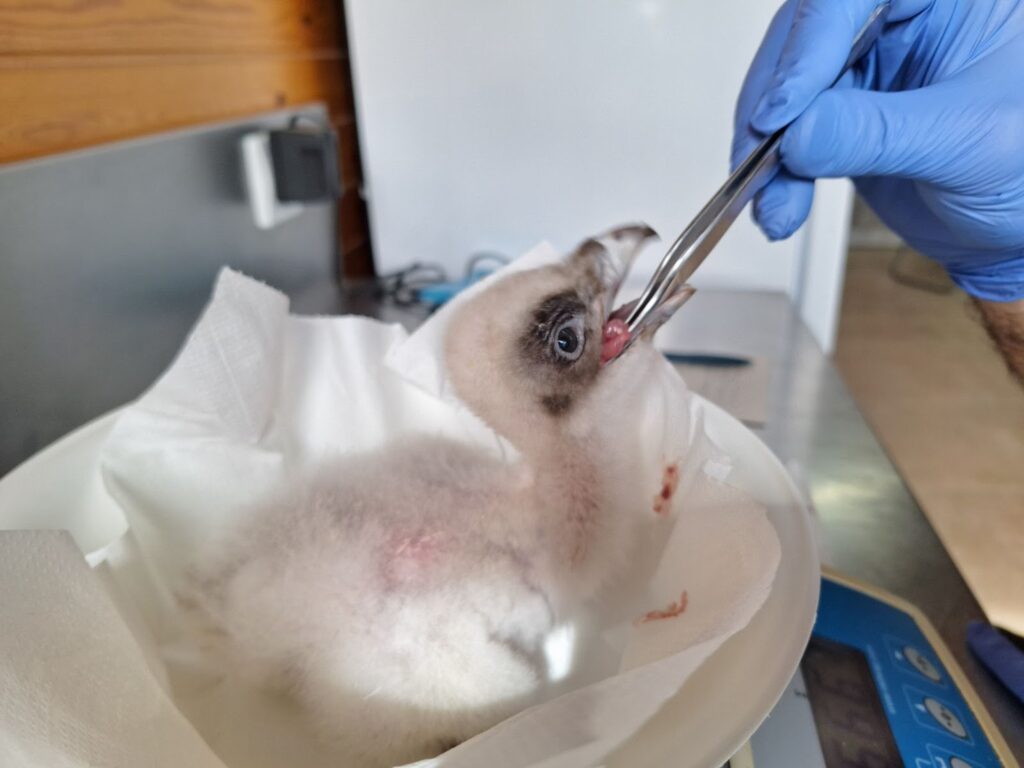
Greca, the female, hatched in Vallcalent in 2009 and carries rare Cretan and Greek genetic lines—highly valuable in a captive population otherwise dominated by Asian-origin birds. Early in her life, Greca was initially paired with a male called Aïnat when both were still juveniles. Despite many breeding attempts over several seasons, Greca continuously rejected Aïnat. Eventually, the pair was separated, and in 2020, Greca was matched with Urrobi.
Urrobi, a Bearded Vulture male originally from the Pyrenees, had a dramatic life before joining the breeding programme. He was rescued multiple times in the wild and eventually was deemed unreleasable, joining the captive population in 2020. His pairing with Greca was intentionally designed to mimic the successful dynamic that produced Greca herself: a dominant female matched with a younger male—a classic power couple formula!
Although their first breeding attempt in the 2023–2024 season failed, Greca laid a single egg this season on 30 December. Due to Urrobi’s slightly overenthusiastic and nervous handling of the egg, it was moved to artificial incubation for safety. On 20 February, BG1260 hatched and was hand-reared under 24-hour supervision in Vallcalent’s nursery. On 25 February, the chick was adopted by Kazajo, Vallcalent’s seasoned foster father, who once again stepped up to play the hero.
BG1276 – Another chick with impressive genetic résumé
Some weeks later, on 12 March, another chick with an impressive genetic résumé BG1276 hatched in an incubator. This little fluffball is the third descendant of BG371 Tejo (50% Greek) and BG456 Mesa (50% Pyrenean)—a very valuable combination.
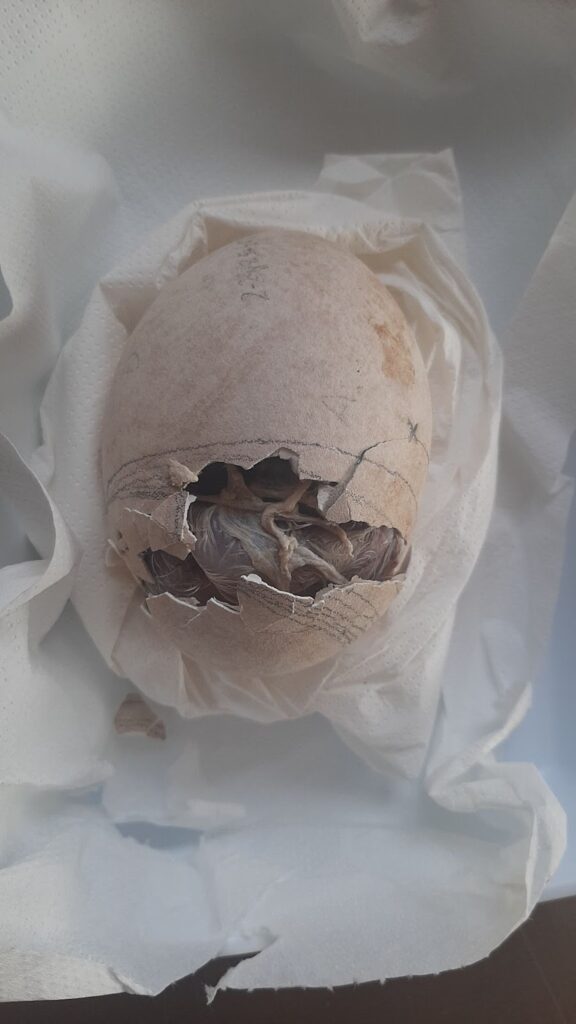
On 15 March, BG1276 was successfully adopted by the pair BG662 Saüc x BG680 Torla, who proved their parenting skills last year by raising their first chick together. BG1276 is settling in well into its new family.
BG1277 – The underdog who beat the odds
On the next day came BG1277, hatched on 13 March to BG662 Saüc and BG680 Torla, the only pair in the EEP where both members are Pyrenean founders. That makes this chick genetically priceless—but its arrival didn’t come without drama.
BG1277 hatched tiny, weighing just 109g—well below the average 150g. Cue emergency fluff-care: the chick was hand-reared for a week to help it gain strength. Once it hit 190g, the team deemed it ready for foster care.
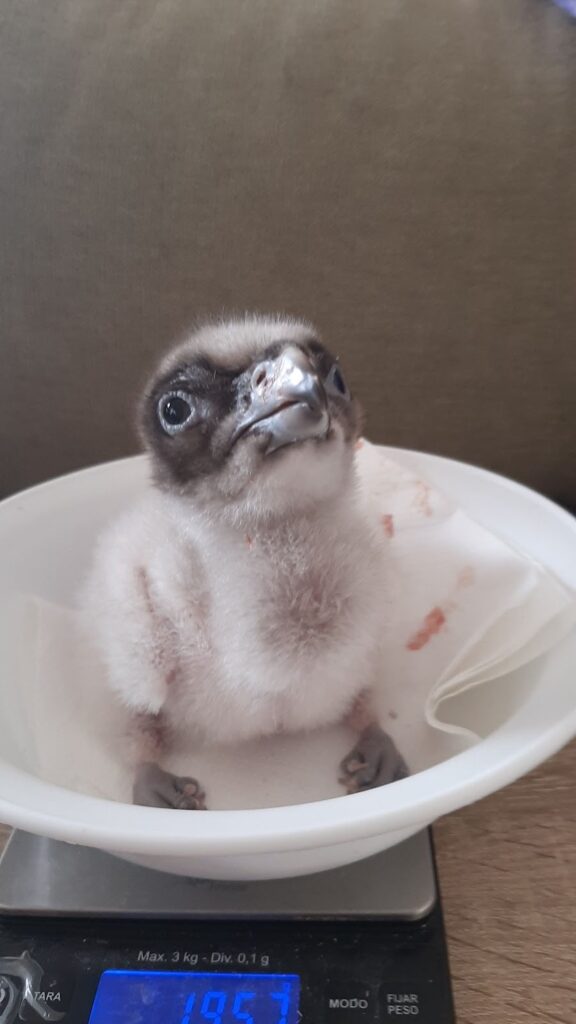
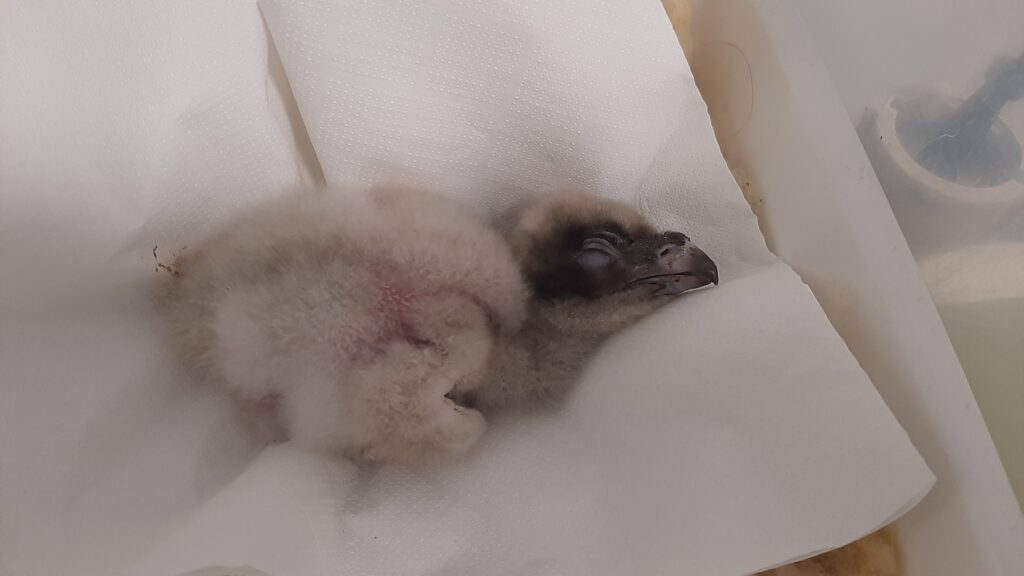
On 20 March, BG1277 was adopted by BG297 Joseph, a highly experienced dad. Unfortunately, his regular partner, Marie Antoinette, had to be temporarily removed from the picture—she hadn’t laid an egg this year and was showing some suspiciously disapproving glances at the new chick. For safety reasons, she’s now taking a well-earned break from parenting duties.
What’s next for these chicks?
According to EEP guidelines, the first four chicksof a new pair (like BG1260’s parents) are typically kept within the programme to ensure their genes are well represented. Later offspring may join reintroduction projects across Europe—in places like Spain, France, Germany, Switzerland or Bulgaria.
For now, the chicks’ sexes are yet to be determined, and names will come later. One thing’s for sure: these tiny vultures with VIP genetics are carrying big hopes on their tiny shoulders.
Vallcalent Specialized Breeding Unit
These hatching stories wouldn’t be possible without the incredible work at the Vallcalent Bearded Vulture Breeding Unit<, which has been operating since 2005 through a partnership between the Vulture Conservation Foundation (VCF) and the Catalan Government. Home to 33 birds Vallcalent plays a vital role in producing genetically important chicks, rehabilitating injured vultures, and providing foster care for birds that can’t breed naturally.

